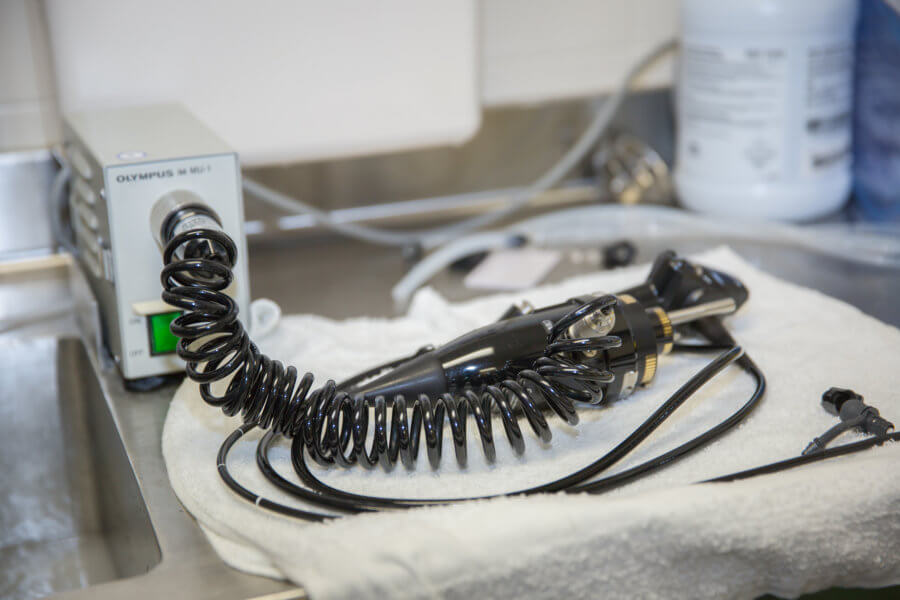
One of the biggest challenges to cleaning endoscopes is damage to the inside of the instruments caused by routine use or accidental nicks or burns.
So says Kris Murphy, director of chemistry at Little Falls, New Jersey-based Cantel Medical Corp., who was featured on a recent episode of the Beyond Clean podcast discussing the science of endoscope cleaning.
“It makes the scopes incredibly hard to clean, and fundamentally, if you can’t clean an endoscope, you can’t disinfect them either,” Murphy says. “One of the big primary challenges right now in the industry is how do you detect this damage and to what level of damage is important.”
As a chemist whose specialty is cleaning and disinfecting reusable medical equipment such as endoscopes and ultrasound equipment, Murphy is practiced at tracking down contamination.
“In these cases when you pull back a biopsy tool and you scuff or scrape or nick the inside of that working channel, it’s going to leave basically a Grand Canyon for microbes to hide in, and a small brush isn’t going to get down into those nicks that you left behind,” he says.
Unlike single-use endoscopes, which require no cleaning, reusable scopes are flushed with cleaning fluids at the bedside. They're then taken to a sink and washed and tested for leaks and damage. Then they go into an automated endoscope reprocessor (AER) where they are cleaned and disinfected using a powerful high-level disinfecting agent. Then they are removed, dried and stored for the next use.
Murphy says he looks forward to a time when those initial cleaning steps can be eliminated, and the devices put directly into a high-performing AER. He believes the machines can reach a high enough standard that they’ll eliminate the need for pre-cleaning.
Human error is the risk factor Murphy wants to eliminate.
“I really, really hope we come to that point where we can just take a scope out of a patient, put it in a reprocessor, and then put it in storage right after that, so there’s no human touch point,” Murphy says. “We all know working in [the medical device industry] that having a human touch point is a pretty good source of error.”
Click here to listen to or download the podcast, and click here for a Beyond Clean episode archive.


